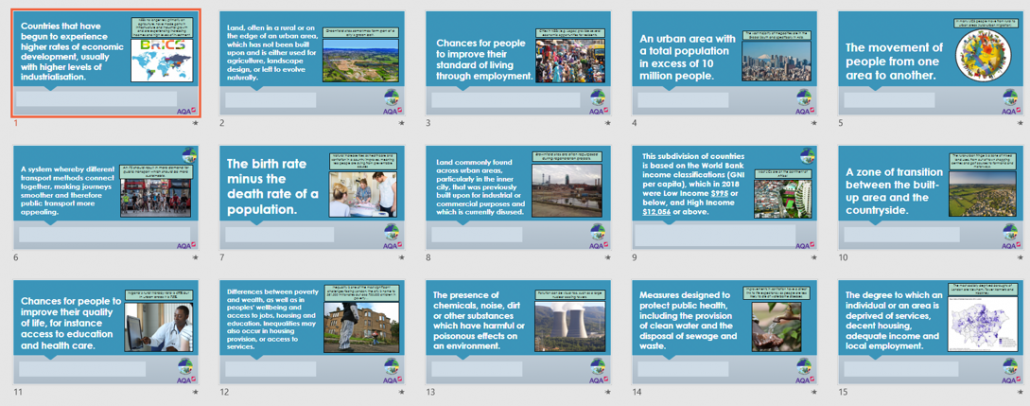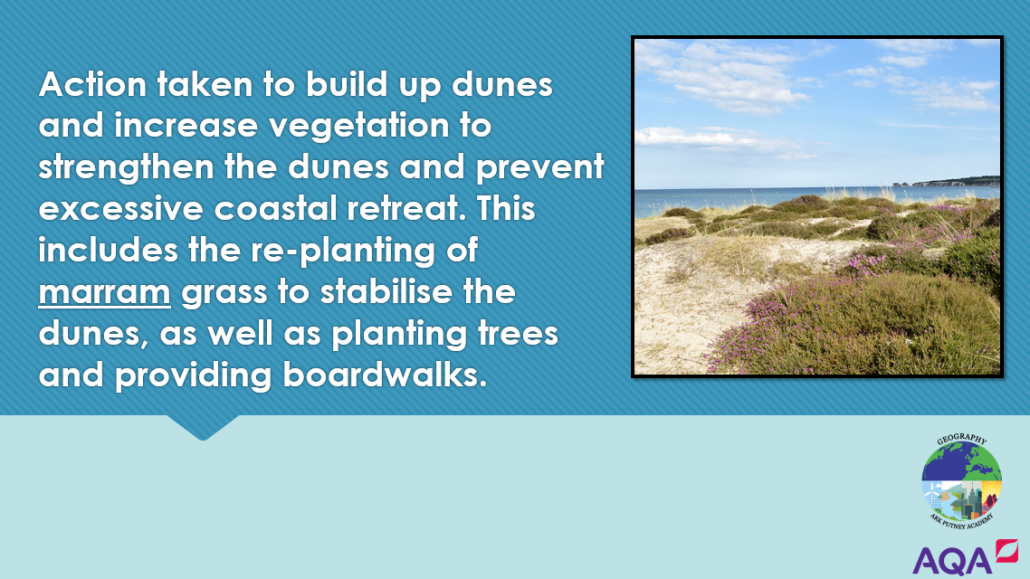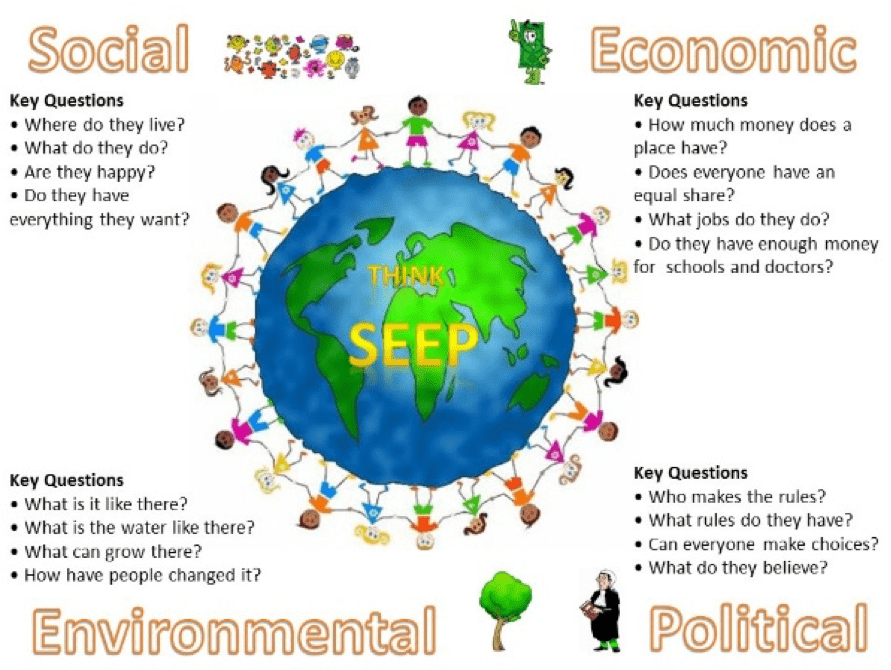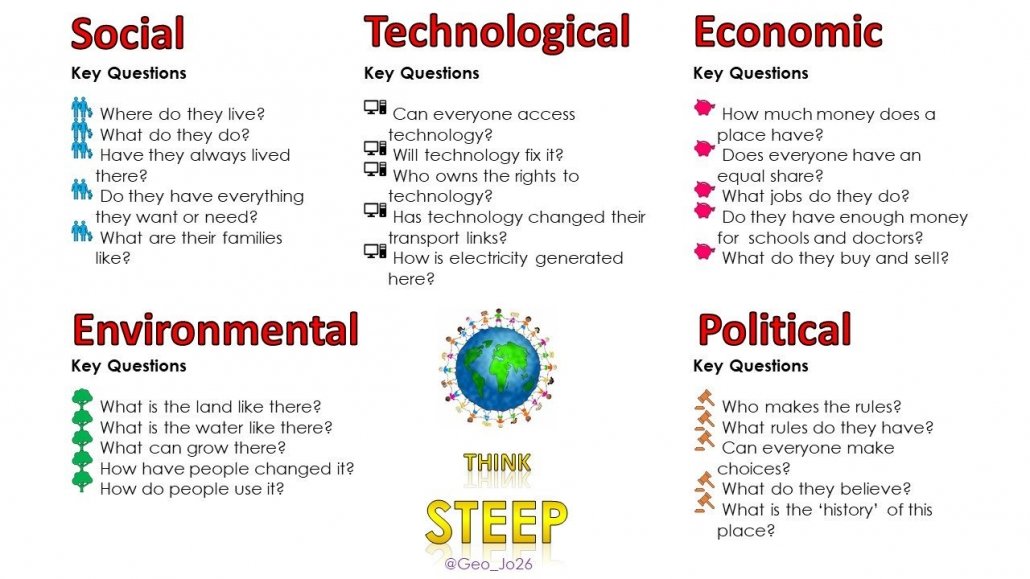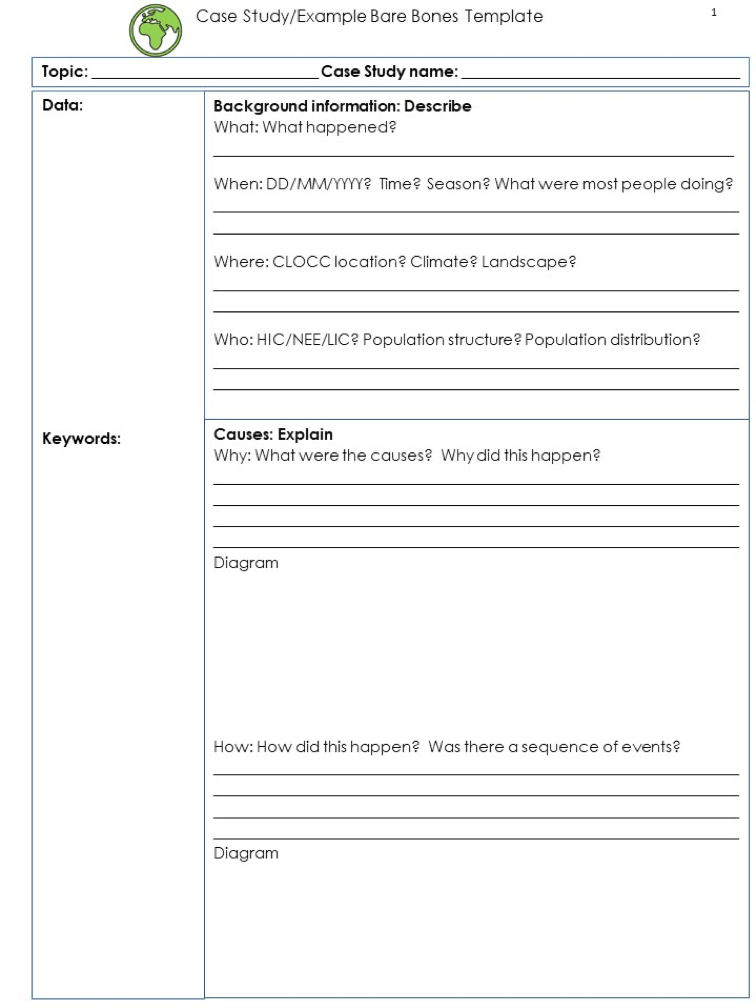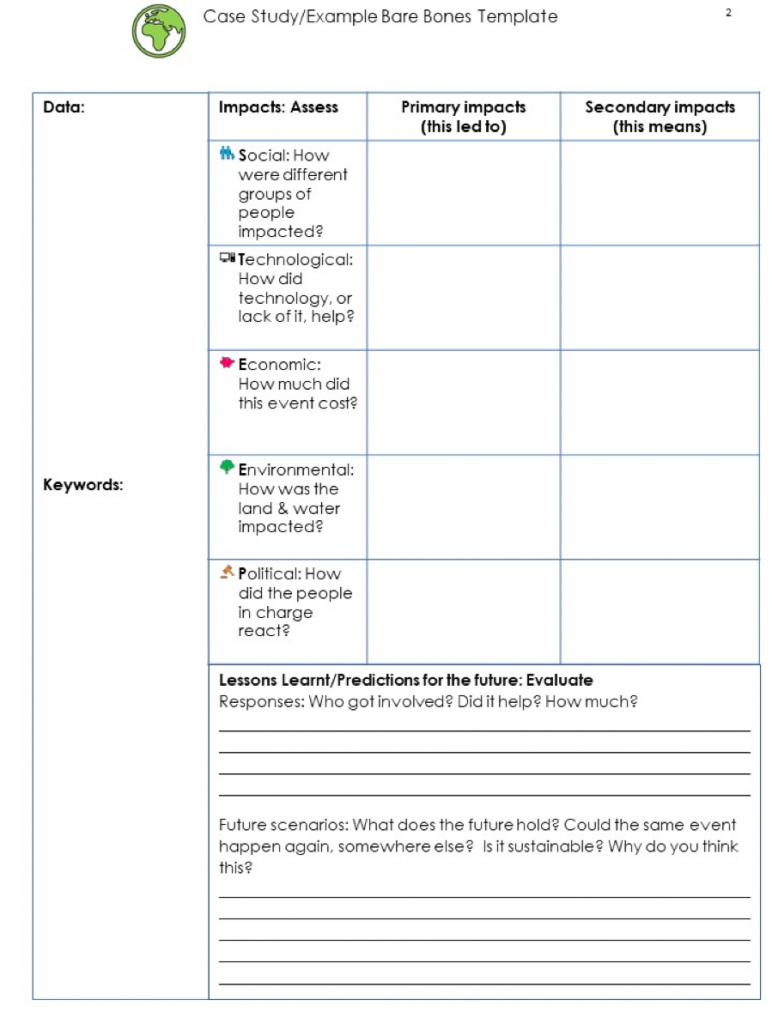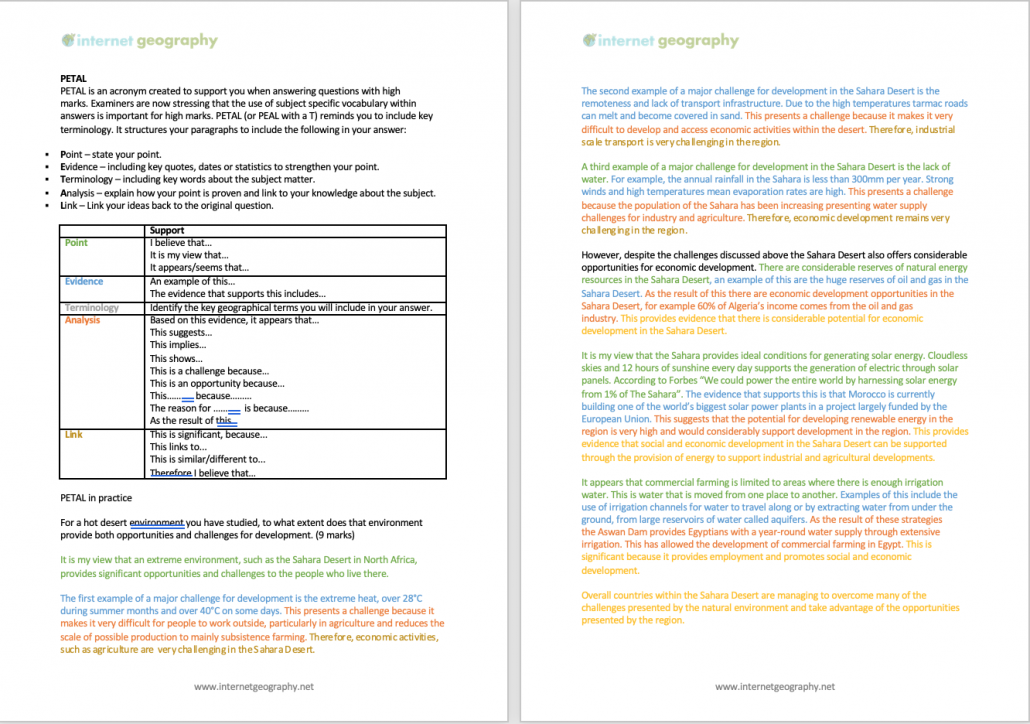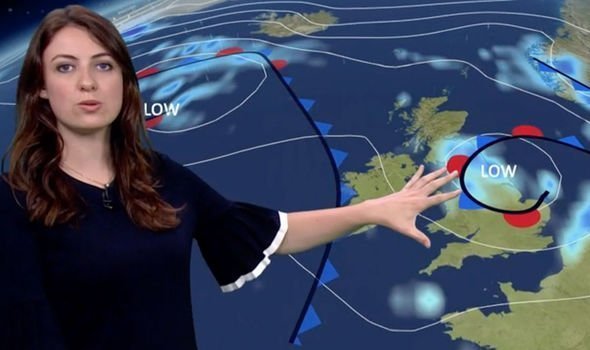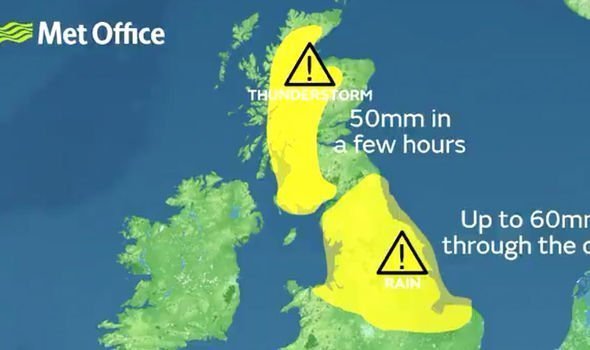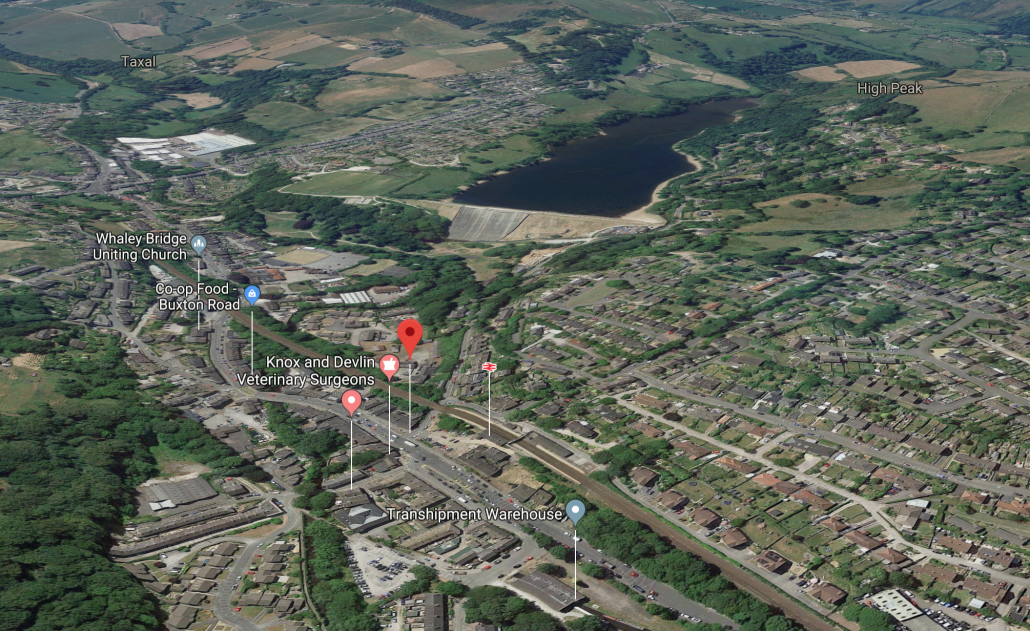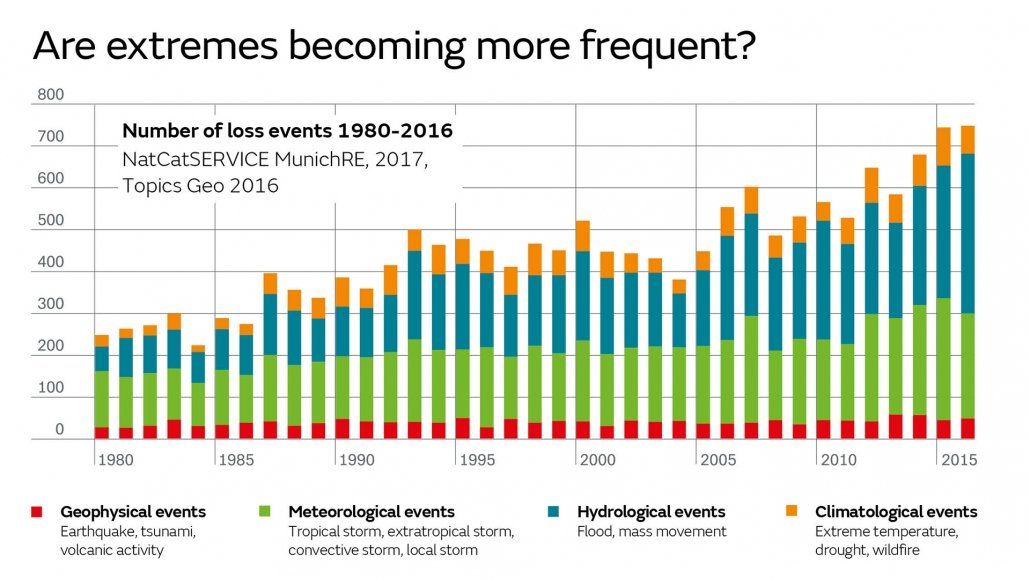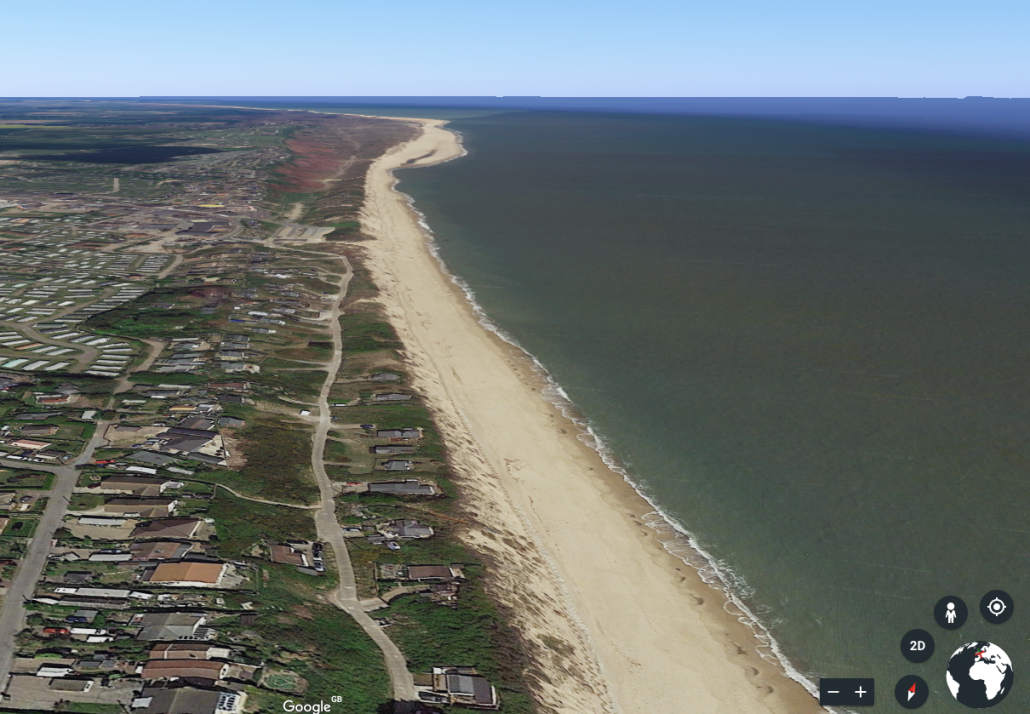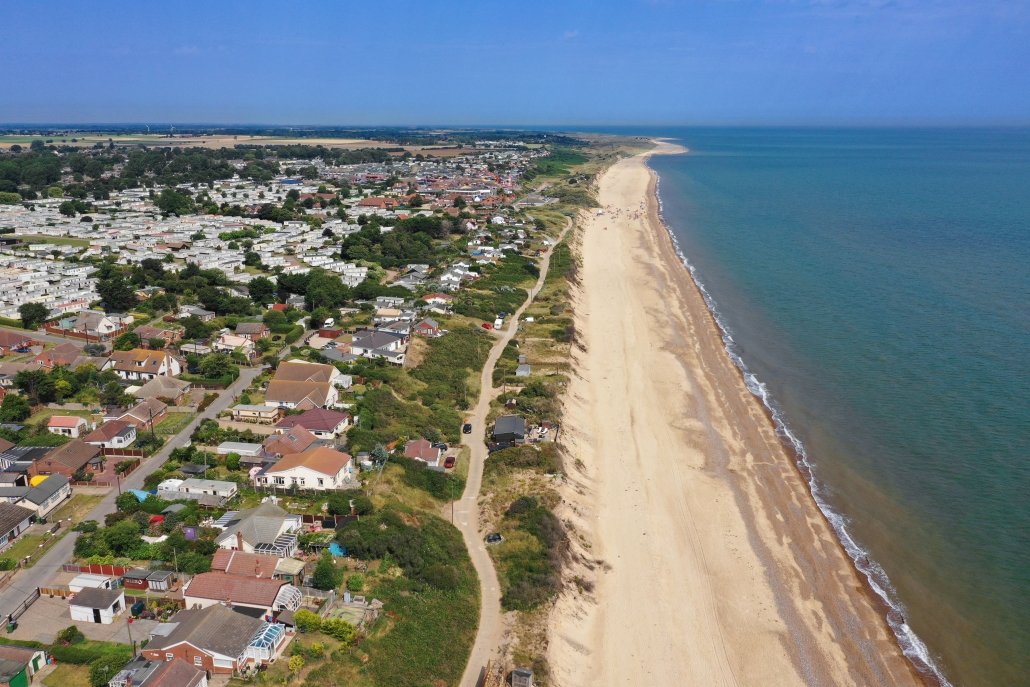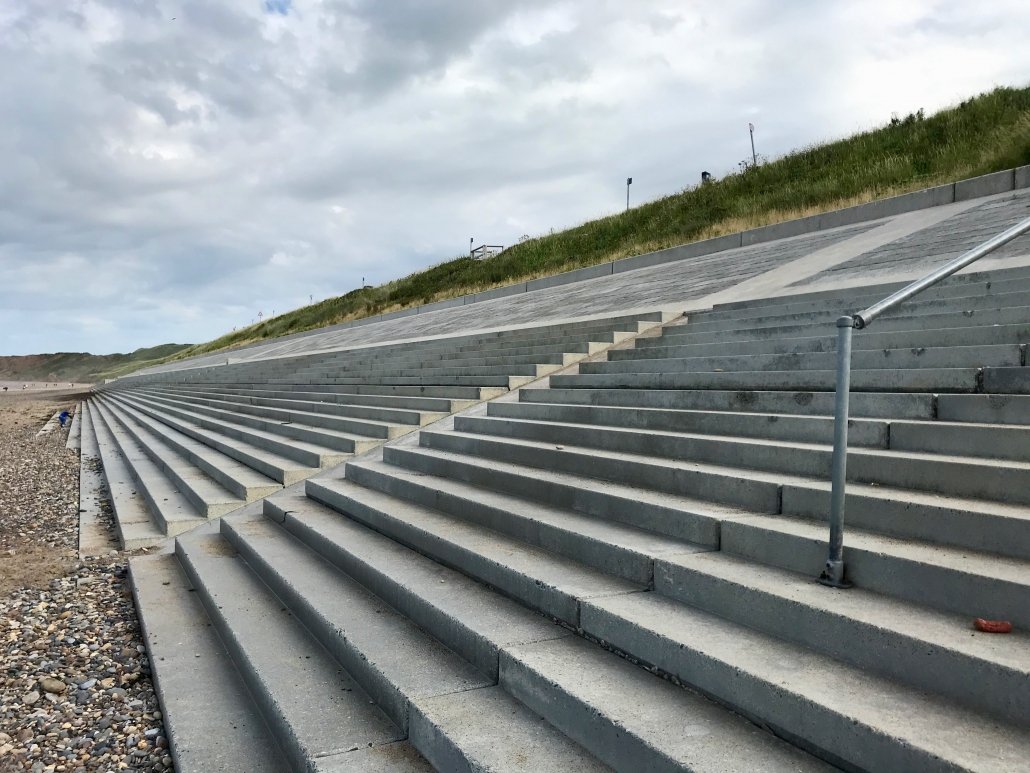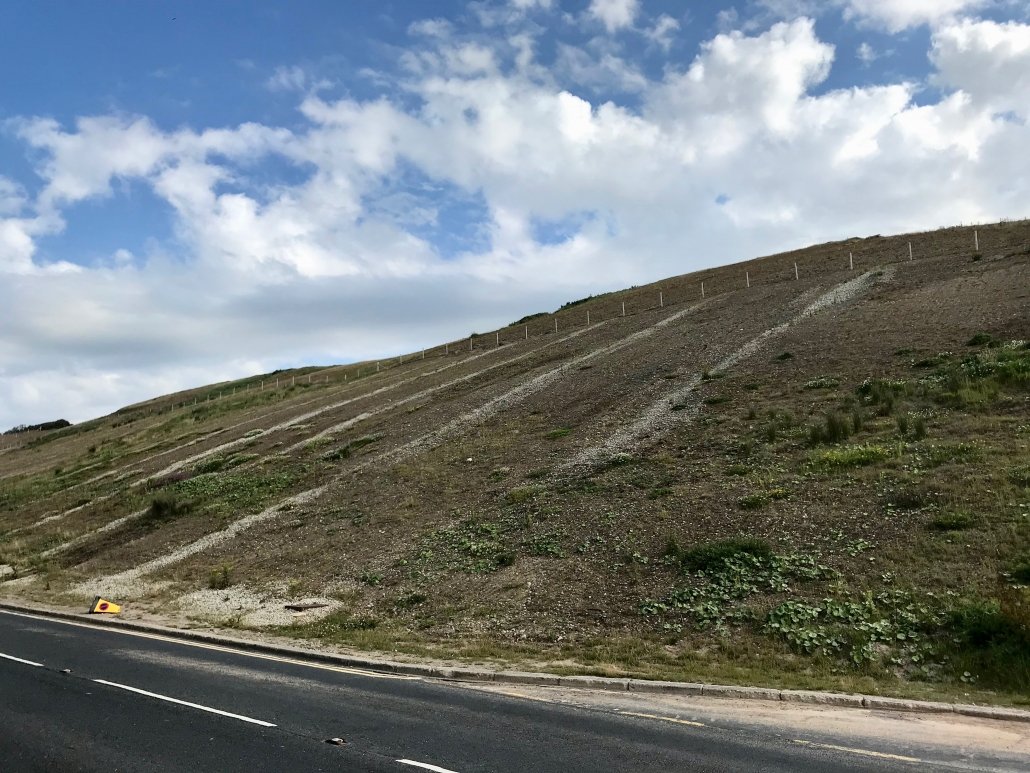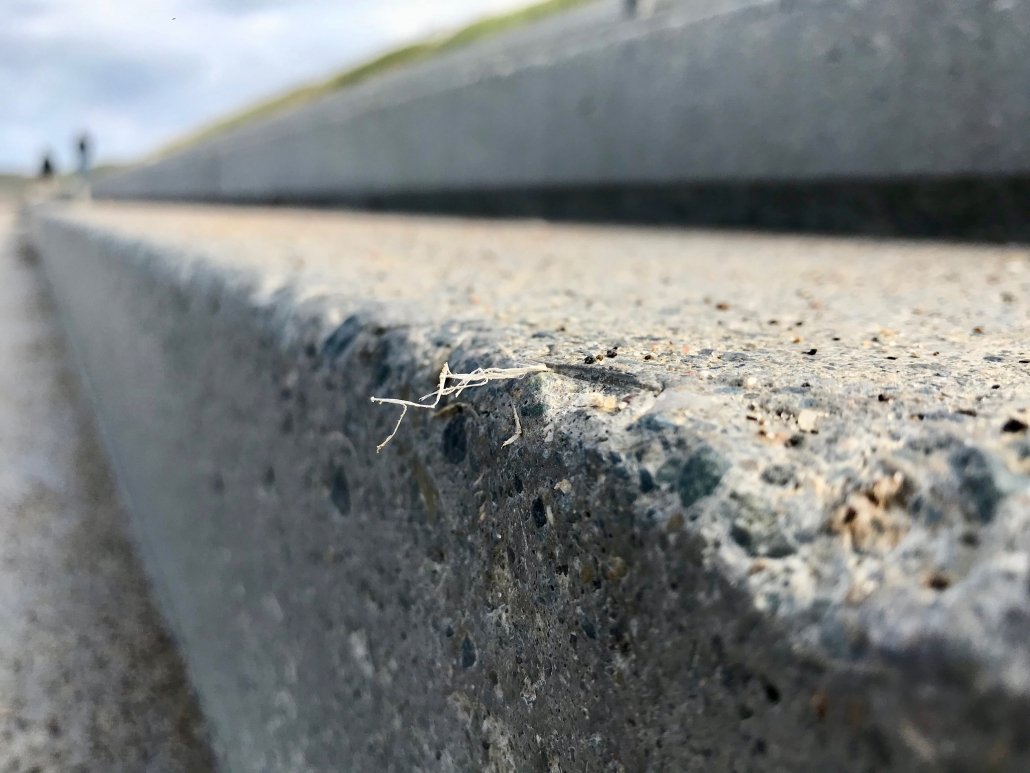Close Encounters of the Geographical Kind
Guest blogger Brendan Conway (@mildthing99) shares his light-hearted take on the geographer’s curse, or blessing, of not being able to switch off during the holidays.
Each year during the summer break, one geography colleague after another confesses an inability to switch off their professional brain. Perhaps this is the way it should be? So immersed are we in our subject that when the holidays arrive, it’s probably unreasonable, undesirable and impossible to expect that we’ll suddenly stop seeing the special geographical things that other people don’t.
The way that a geographer’s senses are attuned to the environment is a bit like an infrared camera at night. Invisible to most, our sensitivities are keenly alert to the geographical radiation oozing from the most commonplace artefacts, events, people or places.
Recently, Aqeeb Akram @mrgeogaa shared this tongue-in-cheek Tweet, inspiring several sympathetic responses from geographers.
This tweet made me chuckle 😅😅😅 #geographyteacher pic.twitter.com/slUPO7SHES
— Aqeeb Akram 🌏 (@mrgeogaa) August 4, 2019
The phenomenon was captured superbly by Megan @geography_meg in this Tweet from 2017:
Haha this 100% me! 😂 #geographyteacher pic.twitter.com/yuLrgoNhUS
— Megan (@geography_meg) July 19, 2017
Occasionally (or even quite often), the ‘inner Attenborough’ can take over as we feel the irresistible urge to explain phenomena to anyone prepared (or even unprepared) to listen.
During a flight over Egypt a couple of years ago, a couple of fellow passengers in the neighbouring seats spotted clusters of weird dots in the desert below. They speculated that they might be some kind of secret military base or something to do with the Ancient Egyptians. I had a look and was able to reassure them that it was a centre-pivot irrigation scheme, which creates circular fields thereby ‘greening’ the desert; this is what’s known as an agricultural ‘tech fix’…
… then the drinks trolley arrived.
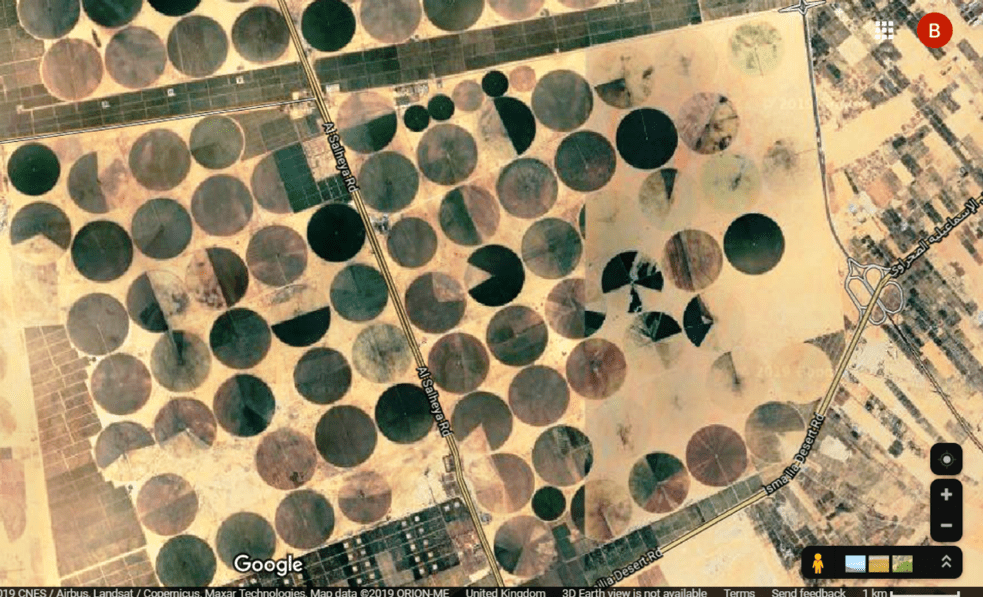
A centre-pivot irrigation scheme
The audience may not always be so proactive. On another holiday in Zimbabwe when visiting Victoria Falls, my non-geographical friends became highly preoccupied with the majesty of it all. Fortunately for them, I was able to enrich their experience (whether they liked it or not) with talk of fluvial erosion, rejuvenation and (for those still listening) endorheic lakes. ‘Thanks – I think I’ll just sit here and marvel at it’ one of them said.
At times like this, a scene from the movie Close Encounters of The Third Kind comes to mind. Following his ‘close encounter’, the central character Roy Neary (played by Richard Dreyfuss) is sitting with his family at mealtime and can’t stop visualising, then carving a distinctive mountain with his mashed potatoes. His wife and kids watch him with incredulity and not a little despair. Later on, he creates even more impressive models of the mountain elsewhere in the house.
So far, so good. However, in the story, the mysterious landform represents his calling to a special place where he will be voluntarily spirited away by benign aliens. However, as any geographer will tell you, he does slightly miss the point, because nobody tells him that the mountain is, in fact, Devil’s Tower Wyoming, a spectacular igneous intrusion or volcanic plug which has been revealed by millions of years of differential erosion and sub-aerial processes. I know this having once driven all night to enjoy watching the sunrise over it without any extra-terrestrial assistance.
Although geographers might at first appear to be pouring cold water on fires of enthusiasm with their seemingly prosaic explanations, we are in fact proffering far more promising avenues of awe and wonder. So let’s not worry about the fact that our geographical engines have been purring away in the background for the whole of the holiday, like the data projector we forgot to switch off on the last day of term. Those thinly-veiled field trips you might have called holidays will sustain an endless supply of anecdotage back in the classroom well into the future.
Brendan Conway
@mildthing99
August 2019
Internet Geography is offering a platform for guest bloggers for this academic year. Got a teaching strategy, interest or anything geographical you’d like to share? Please contact us. We’re unable to offer a financial award but we’ll send you a little treat in the post.

